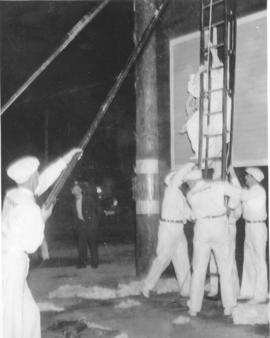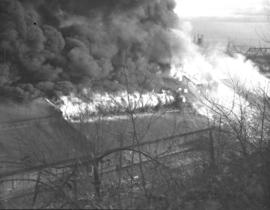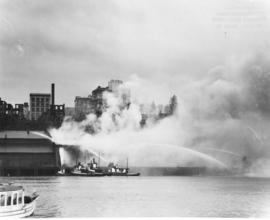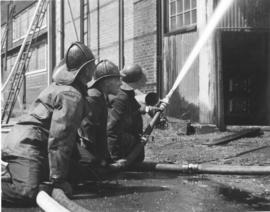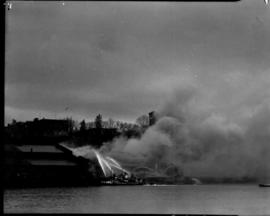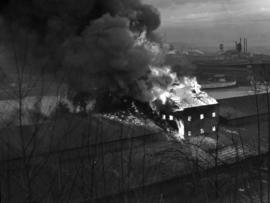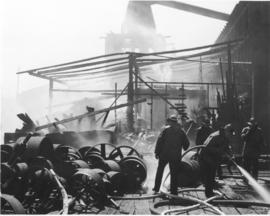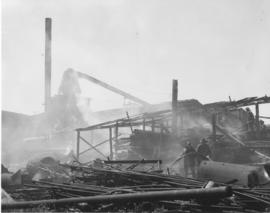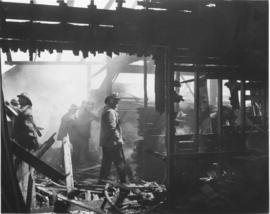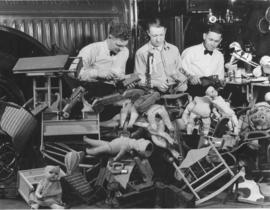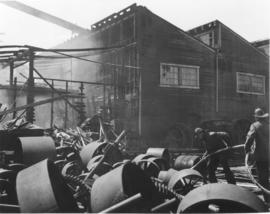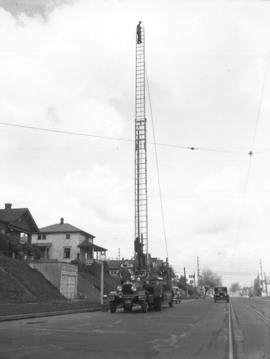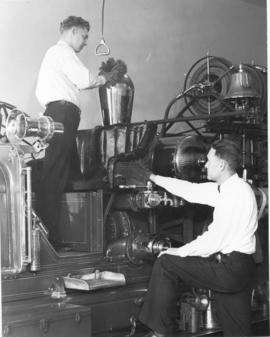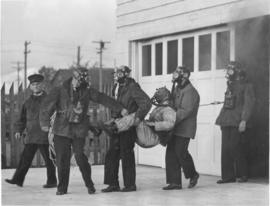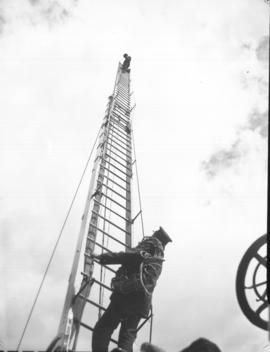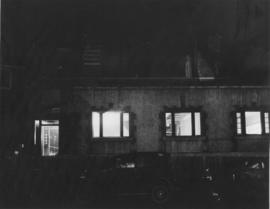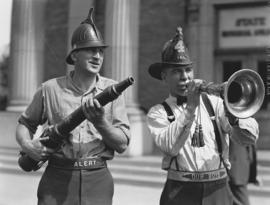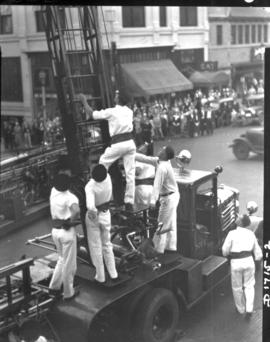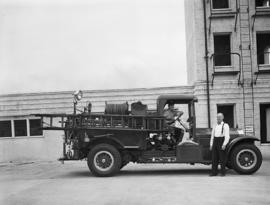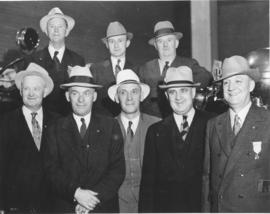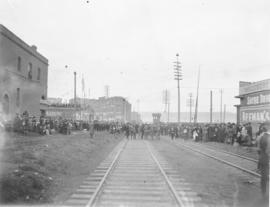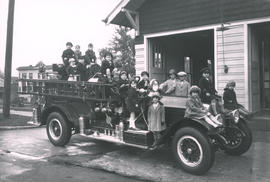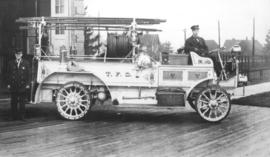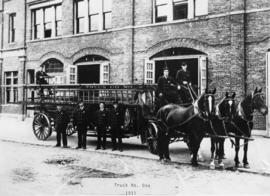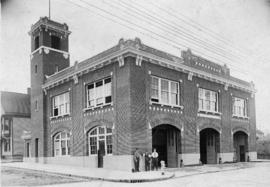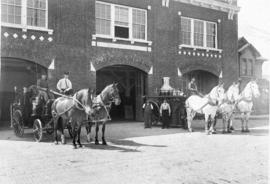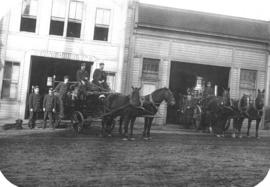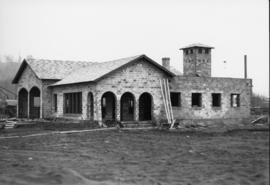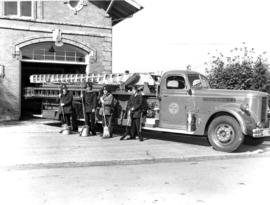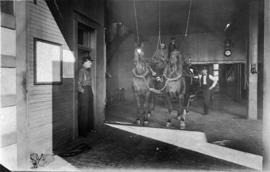On November 5, 1899, over 50,000 admirers lined the tracks of the Northern Pacific Railroad to welcome home the First Washington Volunteer Infantry Regiment, the "Fighting First," from their battle service in the Philippines. The crowd was so thick that it lined the track for miles, stretching upward to cover rooftops with a mass of humanity. The soldiers had been absent for 18 months, a year spent training and six months spent fighting Filipino insurgents in Manila and Luzon. Over 1,125 men left for the Philippines of which 129 never returned, felled by battle or disease. The Regiment was made up of 12 companies, mostly National Guard, from Seattle (2), Spokane (2), Walla Walla, Vancouver, Centralia, Dayton, Yakima, Waitsburg, Ellensburg and Tacoma. Picture of the crowd awaiting the arrival of the volunteers' train. On the left of the track were, front to back, 1701 Commerce (built 1892), a building at the corner of Jefferson and So. 17th St. and 1511-41 Pacific Ave. The street running along the left side of the track is Hood St.; the track is the Northern Pacific Portland branch.
First Washington Volunteer Infantry Regiment (Wash.); Philippine Insurrection, (1899-1902); Crowds; Homecomings;
